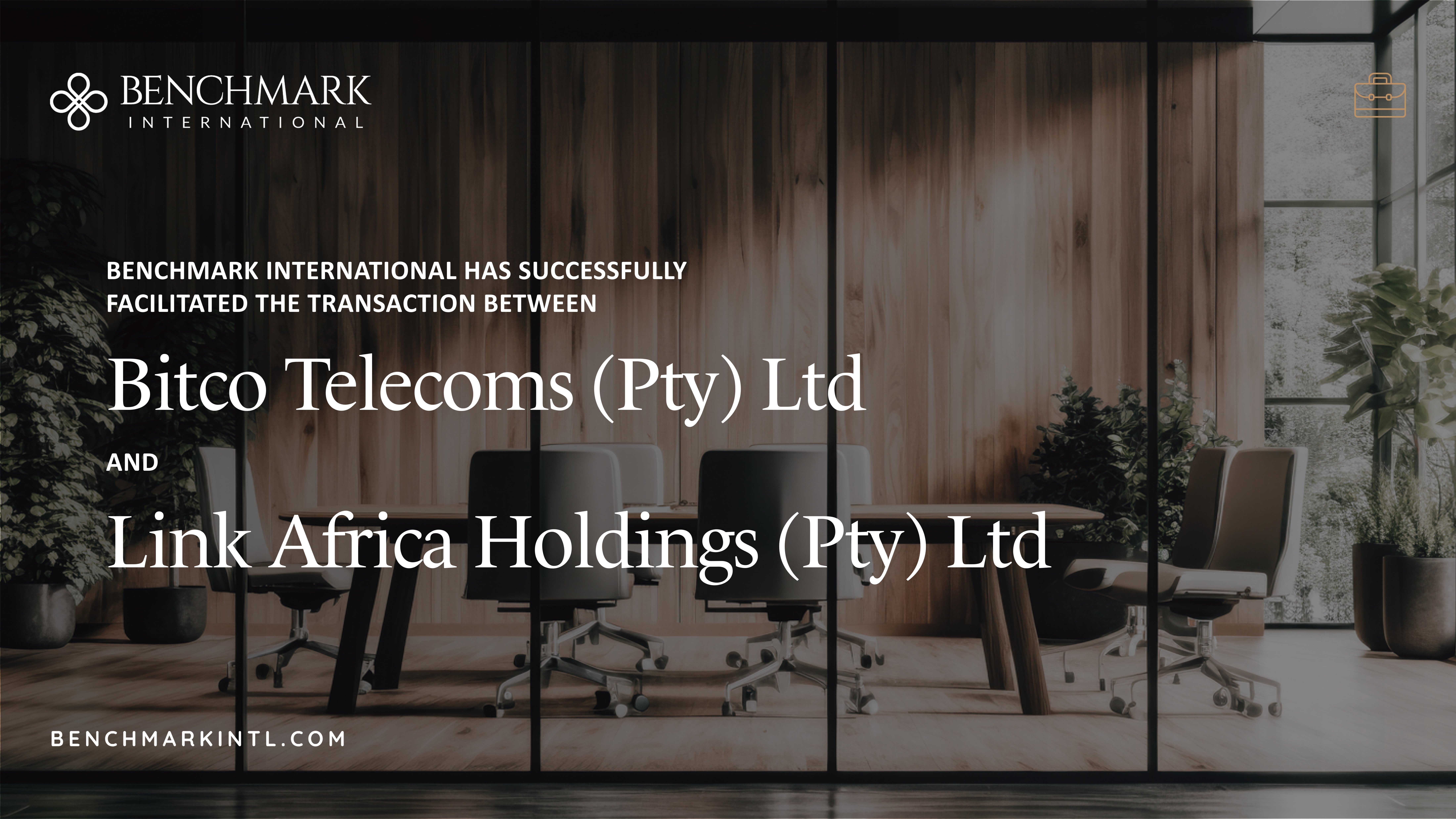
The acquisition process can understandably be a very daunting task for sellers, let alone an uncomfortable experience that pulls back the curtains on their business and its most intimate information. Many sellers realize this is not their area of expertise and will make the informed decision to contract with a sell-side M&A advisory firm before officially entering the marketplace. The M&A advisory represents the seller, but can function as your ally as a buyer if you let them because they have incentive to get a deal done. Although M&A advisors can guide a seller through the sales process and educate them on market norms, they’re not capable of self-fabricating the comfort level between buyer and seller. Over time, a seller’s relationship with a potential buyer will prove to be most advantageous in getting to the finish line of a transaction, as there will be numerous items both sides will have to work through together. Unfortunately, agreements can fall apart due to a lack of mutual comfort between the buyer and seller, and this is typically a result of a combination of multiple factors set in motion long before official due diligence even began. The following are steps you should consider when working side by side with a seller during the transaction life cycle.
Be transparent with your background information in the beginning.
This is a very important first step, and it sets the stage for how trustworthy the seller will perceive you to be going forward. Be prepared to sign an NDA before receiving any confidential information from a seller, as this is a customary measure taken to ensure you bear some level of legal responsibility around any and all sensitive information the seller turns over to you. Understand that the seller is handing over their most private information, and they need assurances from you the information will not be used against them by a competitor. With your NDA, make sure to include background information on yourself, your company, your intentions, and your interest in the seller’s business. Take this as an opportunity to highlight your achievements and accomplishments, speak about your goals, and so on. Sell the seller on why they should view it as an honor that you have expressed an interest in their business.
Take advantage of introduction calls.
Once you’ve gotten past the NDA stage, you will receive a small sample size of a seller’s confidential information. The next step should be an introduction call for both parties to get to know one another on a more personal level. These first calls are meant purely to be introductory in nature, and fairly high level, considering this will be your first chance to speak with the seller. Be willing to field a high number of questions from the seller as this presents another opportunity to highlight yourself, your company, your intentions, and your goals. On the contrary, sellers are proud of what they’ve built and will be more than willing to discuss their company’s history, struggles, achievements, etc., so be sure to keep an open ear when they speak. Ask open-ended questions and build dialogue. One last but very important item to keep in mind is that every seller has a goal they’re looking to achieve by selling their business, and it’s typically more than a specific dollar figure. Some sellers are looking for a full sale to move into retirement, while others are looking for a partner to infuse capital and new growth ideas, among countless other scenarios. Listen closely to a seller’s intentions as they go beyond the monetary value of a transaction.
Make data requests with care.
As you delve deeper into a seller’s business, you will, at times, need to request additional information. Sometimes the information you requested in the past leads you to new questions. Perhaps your review of the previous three years of financial records leads you to want to review the past five years. Or maybe you heard the seller discussing expected growth on your introduction call, so you would like to see their proforma for the next year. Regardless, with each passing data request, more questions will arise from a seller as to why you are requesting this information. Make sure to always explain your reasoning behind each request you make for additional information, and always remain understanding of a seller’s sensitivity around releasing confidential information. Sometimes it’s best to facilitate data requests through a sell-side M&A advisory if the seller is using one. This advisor should be viewed as your ally and can assist in explaining market norms regarding data requests to the seller.
Remember the importance of site visits.
At some point, back and forth via email and phone calls will no longer suffice. Take the initiative with a seller to be the first to suggest an in-person meeting. Be prepared to travel to the seller and field your own travel expenses. If the seller suggests meeting halfway or accommodating you on your visit, consider this an added bonus to you. A site visit presents the greatest opportunity to build further rapport with a seller and put a name with a face. There will be conversations you can have in-person with a seller that can be more challenging when done virtually. This will also give you the opportunity to potentially see their operations, facility, location, etc., provided that you are meeting at their location. Remember, there could be possible limitations during your visit as the visit may need to be conducted after-hours, and you probably will not be afforded the opportunity to meet the company’s employees. Though not necessary prior to a formal offer, a site visit is a very critical piece of the transaction lifecycle and should never be discounted.
Submitting and negotiating a formal offer.
Once you are comfortable with your knowledge about a seller’s business, you will be in a position to submit a formal offer. Chances are, your first stab at a formal offer will fall short of a seller’s expectations, so don’t take offense; just remain flexible. Always remain willing to work with a seller towards an agreeable offer for both parties while maintaining respect. Sometimes buyers and sellers can “outfox” themselves by overthinking the presentation and discussion of offers. Try to cut down on gamesmanship and be straightforward with your intentions. Oftentimes, sellers will have questions regarding topics such as your funding capabilities and timing. Perhaps you might consider listing out deadlines for yourself in a formal offer that will give the seller assurances you will stay on target. These deadlines could involve a maximum number of days to produce a first draft of a purchase agreement, first draft of an employment/transition agreement, proof of funds, and so forth. Lastly, and this goes without saying, always operate in good faith with formal offers and never enter the official due diligence phase with intentions not clearly defined in the offer you mutually execute with a seller.
Passing on the opportunity.
Unfortunately, not every transaction is meant to happen, and sometimes this cannot be determined until much later in the process. At some point, you as the buyer may decide an opportunity is not going to work for any number of reasons. The seller will want to be informed and understand why you no longer wish to move forward with them. In some scenarios, the seller may already understand, but giving them details as a courtesy is appreciated. Regardless of the reasons, always make an effort to communicate this in detail when walking away from a possible deal. It could prove to be worthwhile to maintain a relationship post discussions as well. Keep in mind, as you go further down the road with a seller, you will become privy to more confidential information, you will build a deeper relationship, and expectations naturally begin to take shape. The level of detail you provide on the reasoning for your pass should always line up with how much time you have spent on the opportunity and working with a seller.
 Author
Author
Neal Wilkerson
Senior Associate
Benchmark International
T: +1 615 924 8950
E: DWilkerson@BenchmarkIntl.com
Americas: Sam Smoot at +1 (813) 898 2350 / Smoot@BenchmarkIntl.com
Europe: Michael Lawrie at +44 (0) 161 359 4400 / Enquiries@BenchmarkIntl.com
Africa: Anthony McCardle at +27 21 300 2055 / McCardle@BenchmarkIntl.com
ABOUT BENCHMARK INTERNATIONAL
Benchmark International’s global offices provide business owners in the middle market and lower middle market with creative, value-maximizing solutions for growing and exiting their businesses. To date, Benchmark International has handled engagements in excess of $6B across various industries worldwide. With decades of global M&A experience, Benchmark International’s deal teams, working from offices across the world, have assisted hundreds of owners with achieving their personal objectives and ensuring the continued growth of their businesses.
Website: http://www.benchmarkintl.com
Blog: http://blog.benchmarkcorporate.com
 Benchmark International
Benchmark International  Benchmark International
Benchmark International 


.jpg?width=1200&name=Tips_for_Making_Sellers_Comfortable_with_You_as_a_Potential_Buyer_Social(2).jpg)



